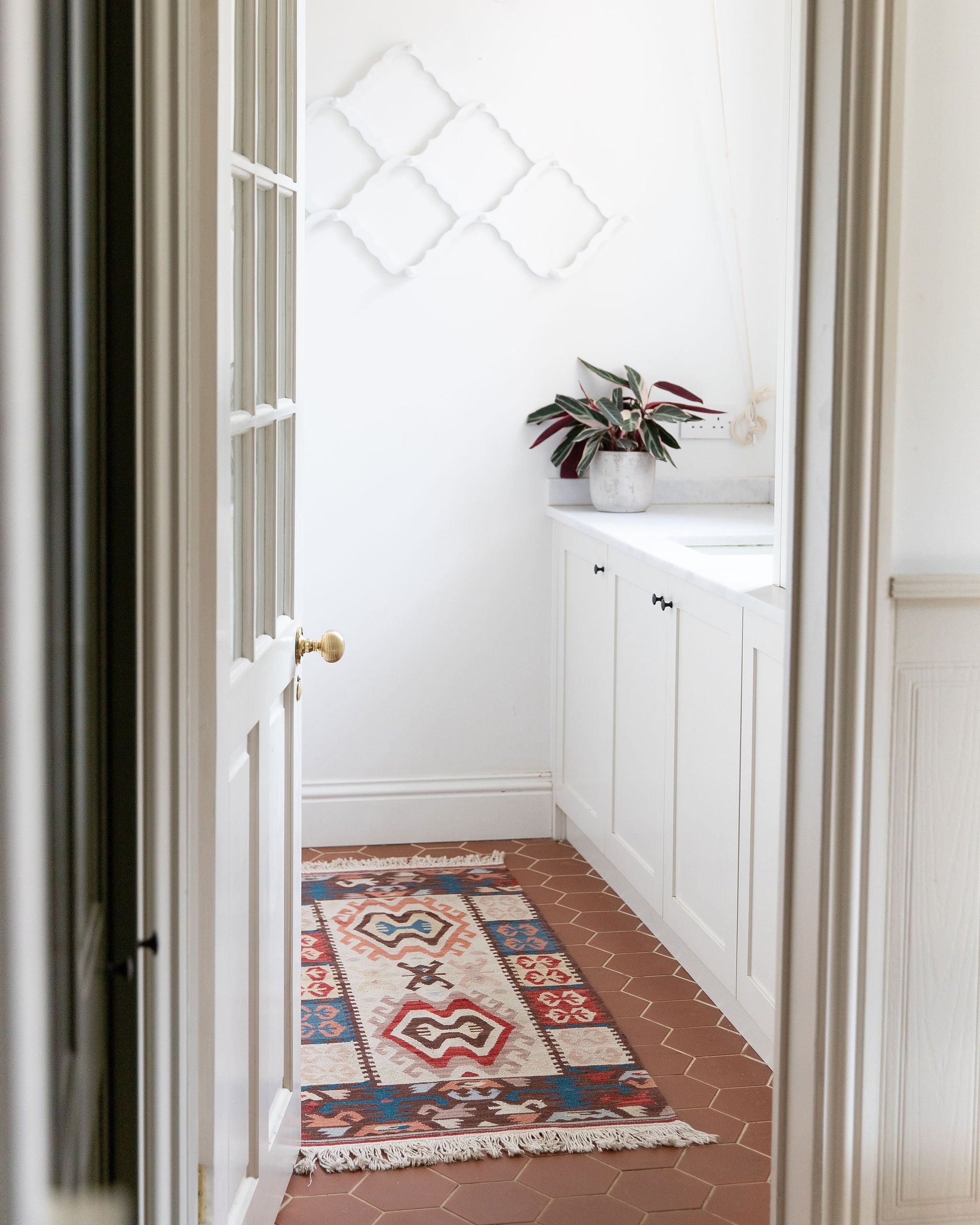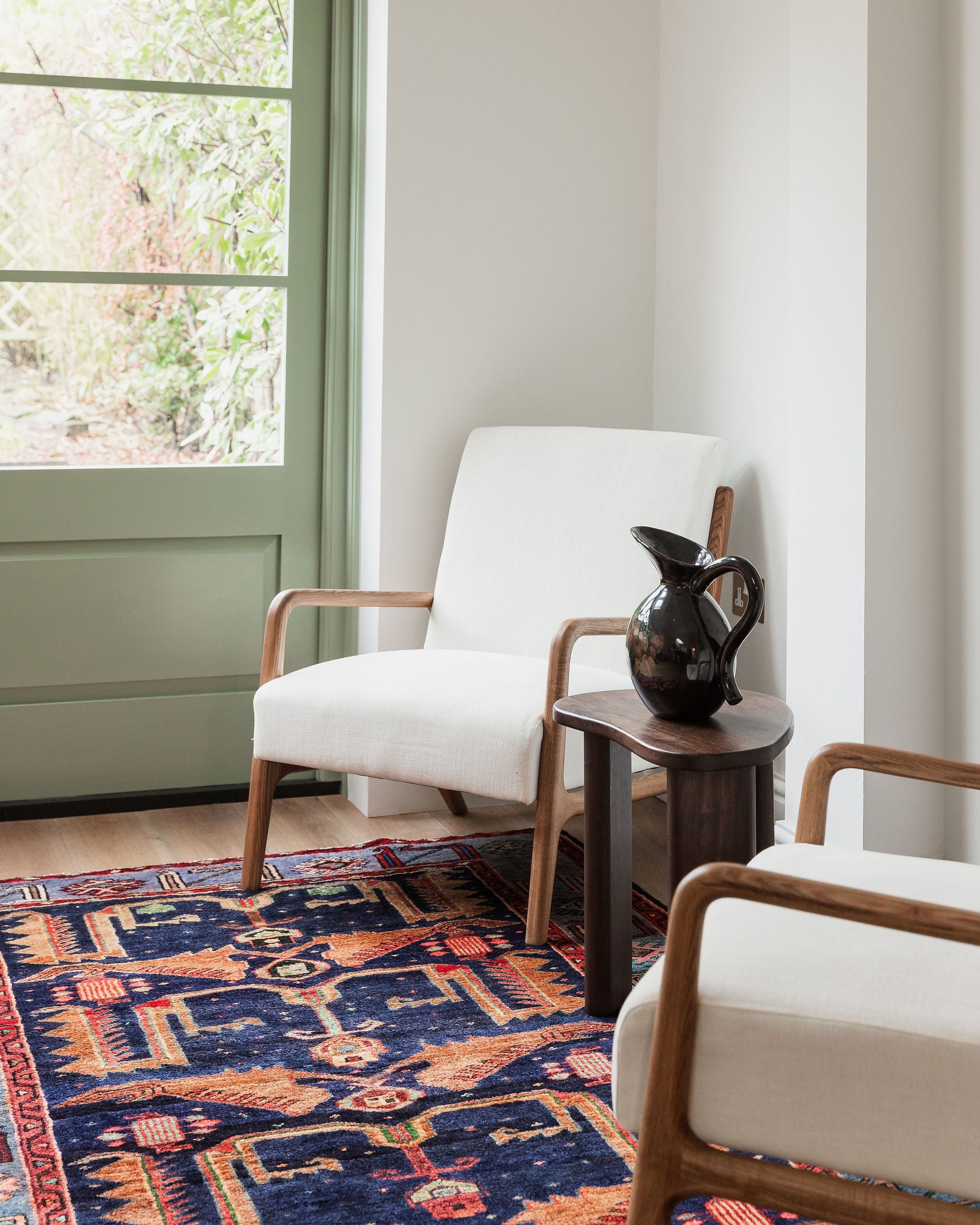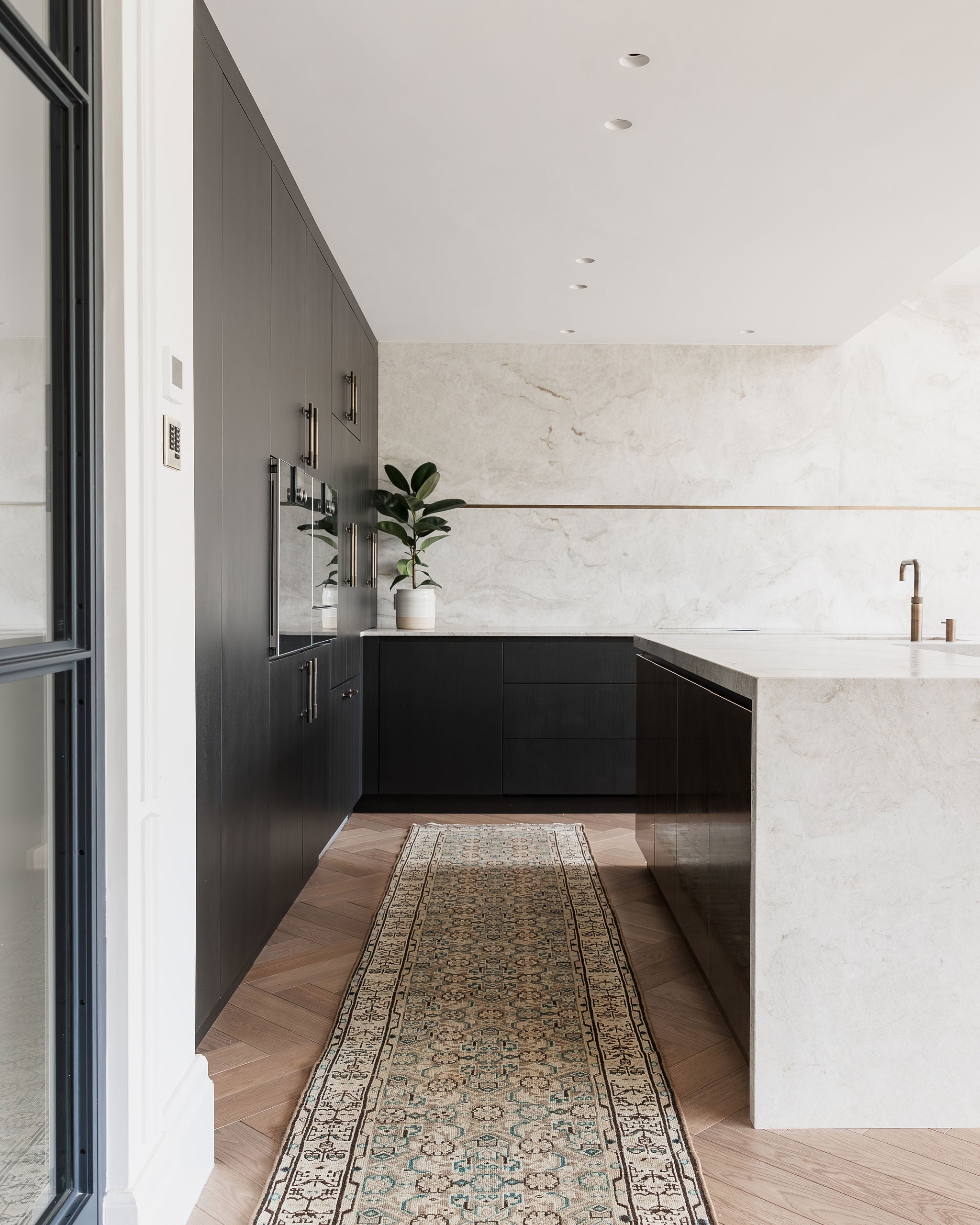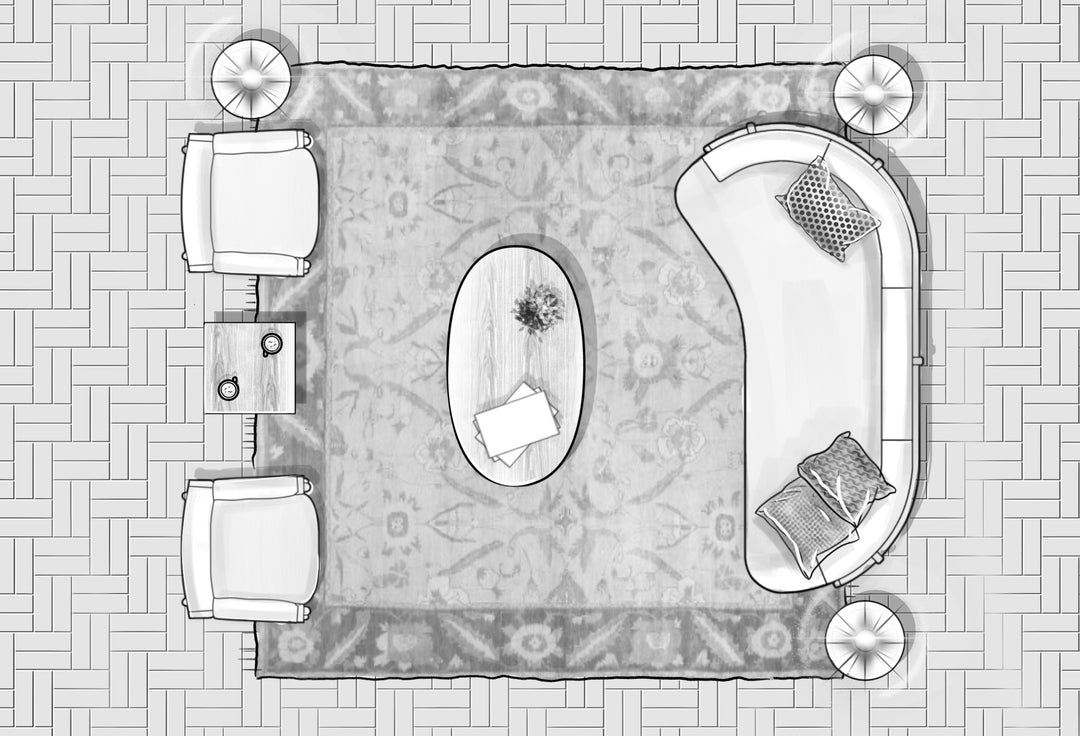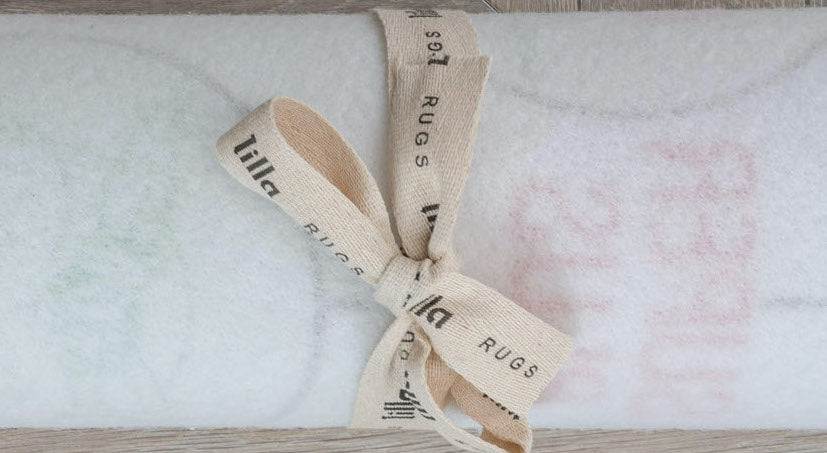Spotlight: Persian Sarouk Rugs
Persian Sarouk rugs, known for their intricate designs and rich colours, have an amazing history that spans centuries. These hand-knotted masterpieces are not just floor coverings; they are a testament to the skill and artistic expression of the Persian people. Join us on a fascinating journey through time as we explore the history of Persian Sarouk rugs.
Ancient Roots:
The roots of Persian rug weaving date back over 2,500 years, with evidence of early carpet making found in ancient Persia. However, it was during the Safavid Dynasty (1501-1736) that the art of rug weaving truly flourished. Sarouk, a small village in the Arak province, gained prominence for producing rugs that stood out even among the finest Persian creations.
Sarouk Emerges:
The Sarouk rug gained recognition in the late 19th century when the village of Sarouk became a centre for rug production. Initially, the weavers in Sarouk crafted rugs with geometric patterns and bold colours. However, influenced by the Western market's preferences, the designs evolved to incorporate more floral motifs and a softer colour palette.
Characteristics of Sarouk Rugs:
-
Weaving Technique: Sarouk rugs are handwoven using the Persian knot, also known as the Senneh knot, which results in a dense and durable pile.
-
Materials: Traditional Sarouk rugs are made from high-quality wool, which is known for its resilience and sheen. Cotton is often used for the foundation, adding to the rug's durability.
-
Design Elements: The designs of Sarouk rugs often feature intricate floral patterns, curvilinear vines, and medallions. The use of rich, jewel-toned colours such as deep reds, blues, and ivory contributes to their distinct aesthetic.
-
Distinguishing Features: One hallmark of Sarouk rugs is their exceptional craftsmanship. The intricate designs are often symmetrical, reflecting a meticulous attention to detail. Additionally, the pile is tightly packed, creating a luxurious texture.

FEATURING: ROXANNE VINTAGE PERSIAN SAROUK
Global Recognition:
By the early 20th century, Sarouk rugs had gained international acclaim. Wealthy collectors, including European and American aristocrats, sought after these masterpieces, appreciating their quality and timeless beauty. Sarouk rugs became coveted pieces, finding their way into palaces, mansions, and museums around the world.
Surviving the Test of Time:
Despite changes in global tastes and production methods, Sarouk rugs have maintained their allure. Their timeless designs and unparalleled craftsmanship continue to captivate rug enthusiasts and collectors alike. Today, these rugs are not just floor coverings; they are works of art that connect us to a rich cultural heritage.

FEATURING (LEFT TO RIGHT: AMIE, RACHEL & LOGAN
The history of Persian Sarouk rugs is a story of artistry, resilience, and cultural expression. From their ancient roots in Persian rug weaving to their global recognition as sought-after masterpieces, Sarouk rugs have left an indelible mark on the world of carpets. As we appreciate these handwoven treasures, we celebrate the skill and creativity of the artisans who have woven the history of Sarouk into each exquisite knot and pattern.


